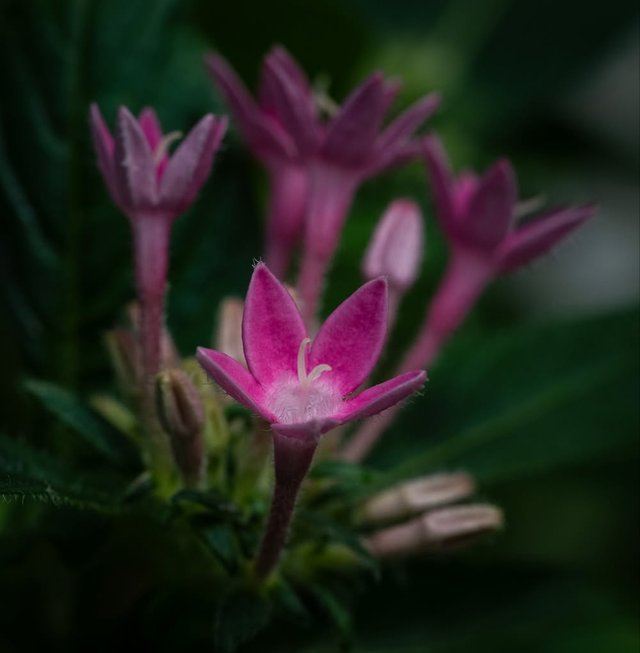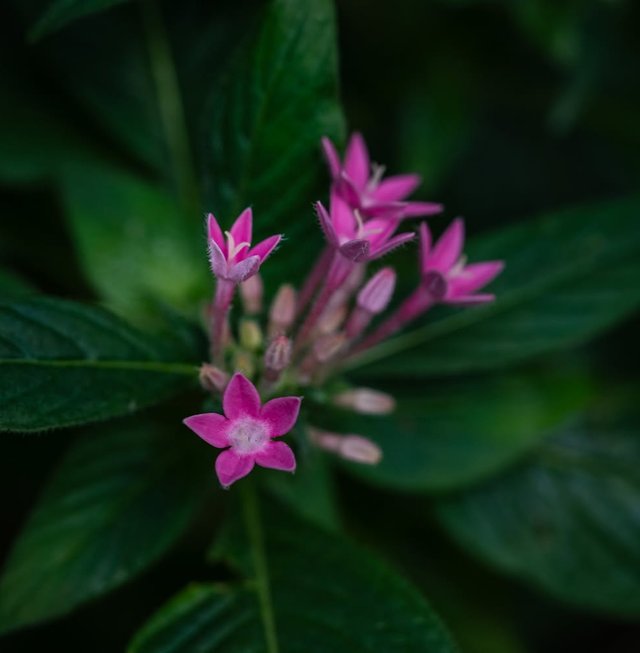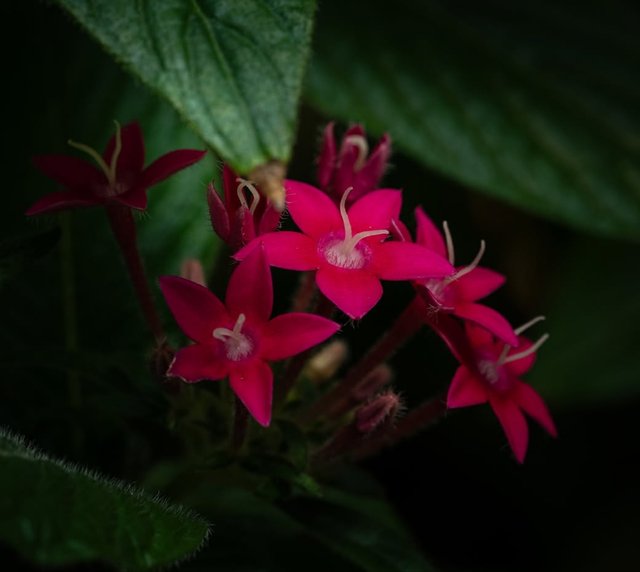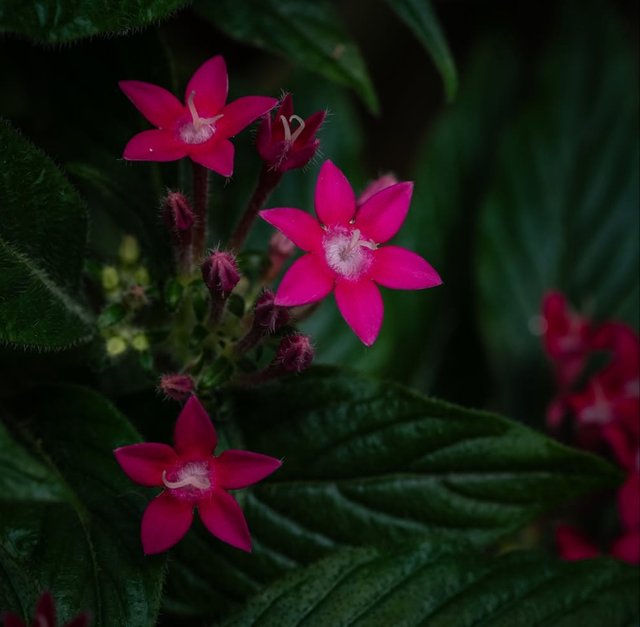Pentas Lanceolata Flower So Beauty
Pentas lanceolata: The Vibrant Star of Tropical Gardens
If you’re searching for a dazzling, pollinator-friendly addition to your garden that thrives in warm climates, Pentas lanceolata, commonly known as the Egyptian Starcluster, might just be the perfect choice. With its brilliant clusters of star-shaped flowers and resilience in sunny environments, this flowering plant has become a staple in both ornamental landscaping and pollinator gardens across tropical and subtropical regions.
Botanical Overview
Scientific Name: Pentas lanceolata
Common Names: Egyptian Starcluster, Star Flower
Family: Rubiaceae
Origin: Native to tropical and subtropical regions of Africa and the Arabian Peninsula
Pentas lanceolata is a fast-growing, herbaceous perennial in frost-free zones, and it’s often grown as an annual in cooler climates. Its name "pentas" refers to the five-pointed, star-like shape of its flowers — a visual treat that has earned it widespread popularity among gardeners and landscape designers.
Appearance and Growth Habit
Pentas are admired for their lush, bushy growth and vibrant flower clusters that bloom in shades of red, pink, lavender, purple, and white. The plant typically reaches heights of 2 to 3 feet, although dwarf and compact varieties are available for smaller spaces or containers.
The leaves are lance-shaped, green, and slightly hairy, with a texture that adds contrast to the bright blossoms. The flowers grow in tight, rounded clusters and bloom continuously from late spring through fall in most climates.
Cultivation and Care
Pentas are relatively easy to grow, making them an excellent choice for both novice and experienced gardeners.
Sunlight: Full sun is ideal for vigorous blooming. They can tolerate partial shade, but too little sun will reduce flower production.
Soil: Well-drained soil enriched with organic matter is best. While pentas are adaptable, they prefer slightly acidic to neutral soil pH.
Watering: Regular watering is necessary, especially during dry periods. However, overwatering can lead to root rot, so well-draining soil is essential.
Fertilization: Monthly feeding with a balanced, water-soluble fertilizer will encourage continuous blooming.
Maintenance: Deadheading can extend the blooming season. In tropical climates, light pruning keeps the plant tidy and encourages bushier growth.




%20(10).jpeg)